(TITC) - The Bas-reliefs on the Nine Bronze Urns in Hue Imperial Palace are registered as Documentary Heritage of the Asia-Pacific region is the pride of Vietnam in general and of Thua Thien Hue Province in particular, contributing to increasing the Hue heritage brand, a destination with 8 heritage properties.
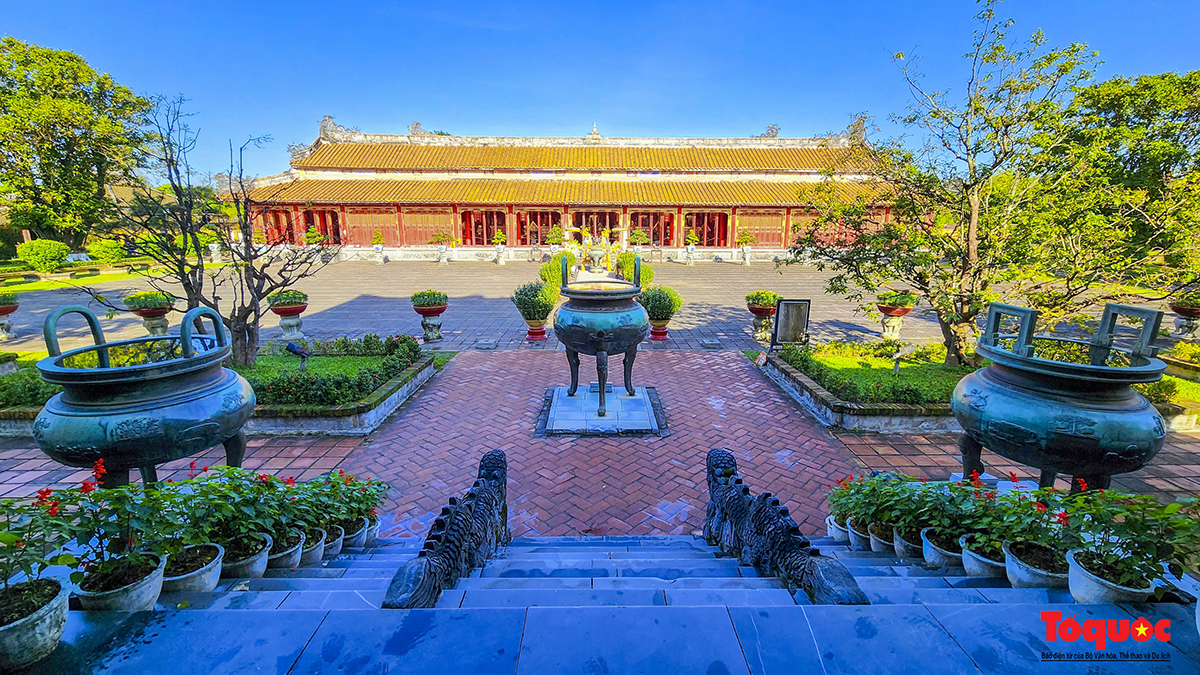
The Nine Bronze Urns are bronze tripod cauldrons with two facing handles, being placed in front of The To Temple. They date back to a three-year 1835-1837 period under the reign of King Minh Mang

King Minh Mang cast the Nine Bronze Urns to represent the longevity of the dynasty, the wealth and territorial integrity of Vietnam
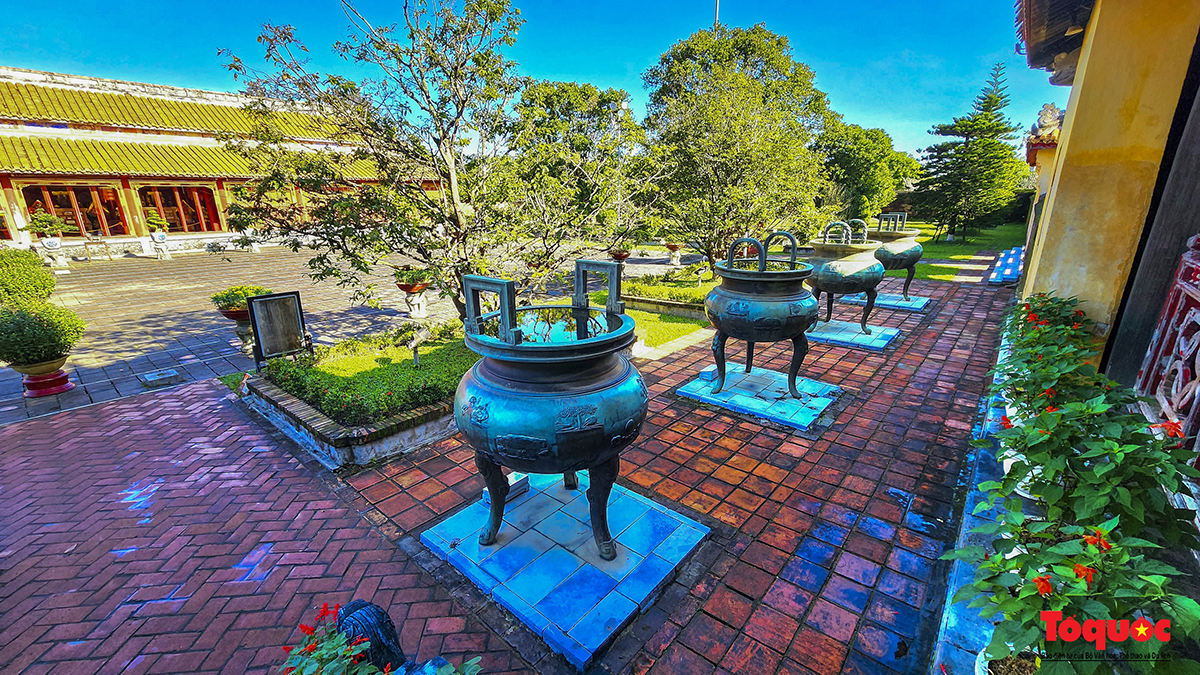
Each urn was named respectively: Cao Dinh (the alias of Gia Long), Nhan Dinh (the alias of Minh Mang), Chuong Dinh (the alias of Thieu Tri), Anh Dinh (the alias of Tu Duc), Nghi Dinh (the alias of Kien Phuc), Thuan Dinh (the alias of Dong Khanh), Tuyen Dinh (the alias of Khai Dinh), Du Dinh and Huyen Dinh. The names are aligned with official name of each Nguyen king corresponding to the altars in The To Temple
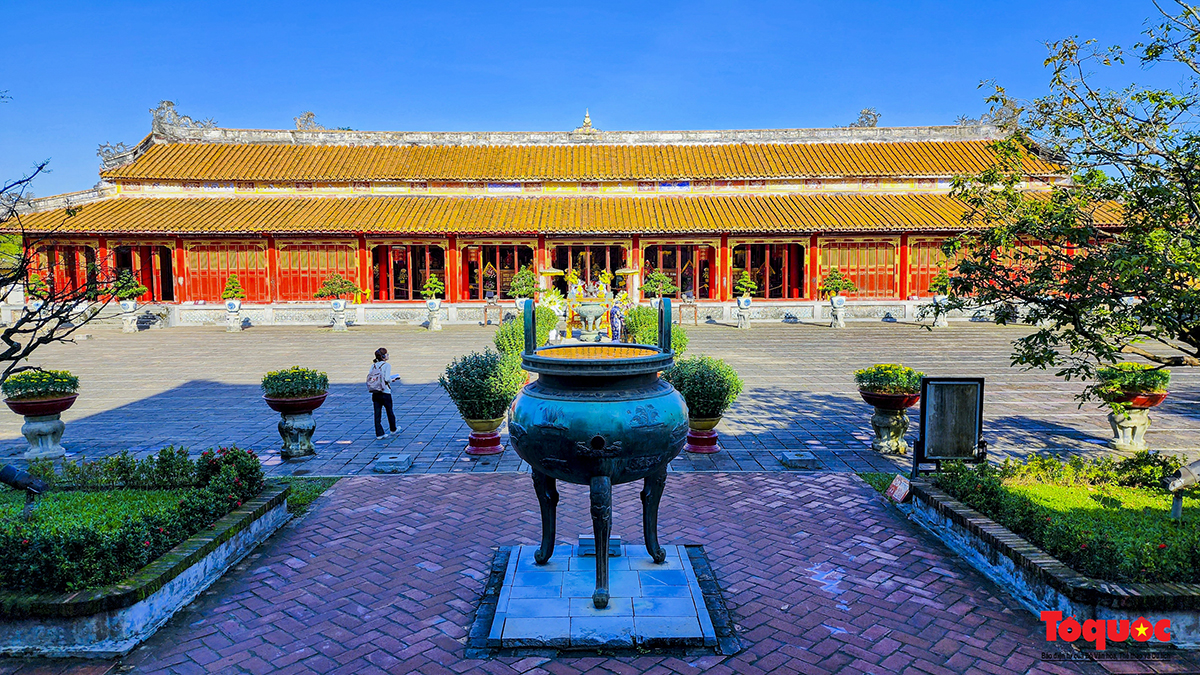
The Nine Bronze Urns are large in size, with an average height of 2.3m, weighing from 1.9 to 2.6 tons. The front of the body of each urn is embossed with the name, year of casting, weight, and 17 images arranged in 3 floors, top, bottom and middle, running circularly around the body of each urn
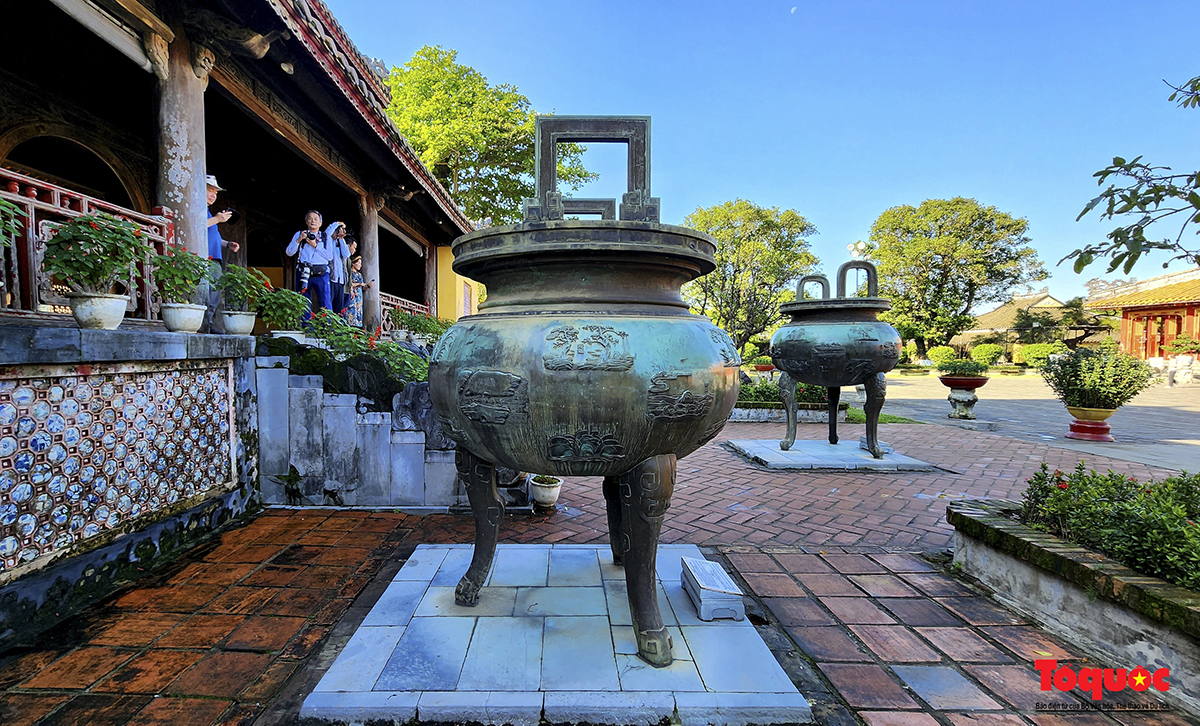
The sophisticated bronze casting level of craftsmen in Vietnam, with 162 carved motifs of many different themes on the Nine urns, along with many hidden values behind it, has brought the Nine urns beyond the stature of the country
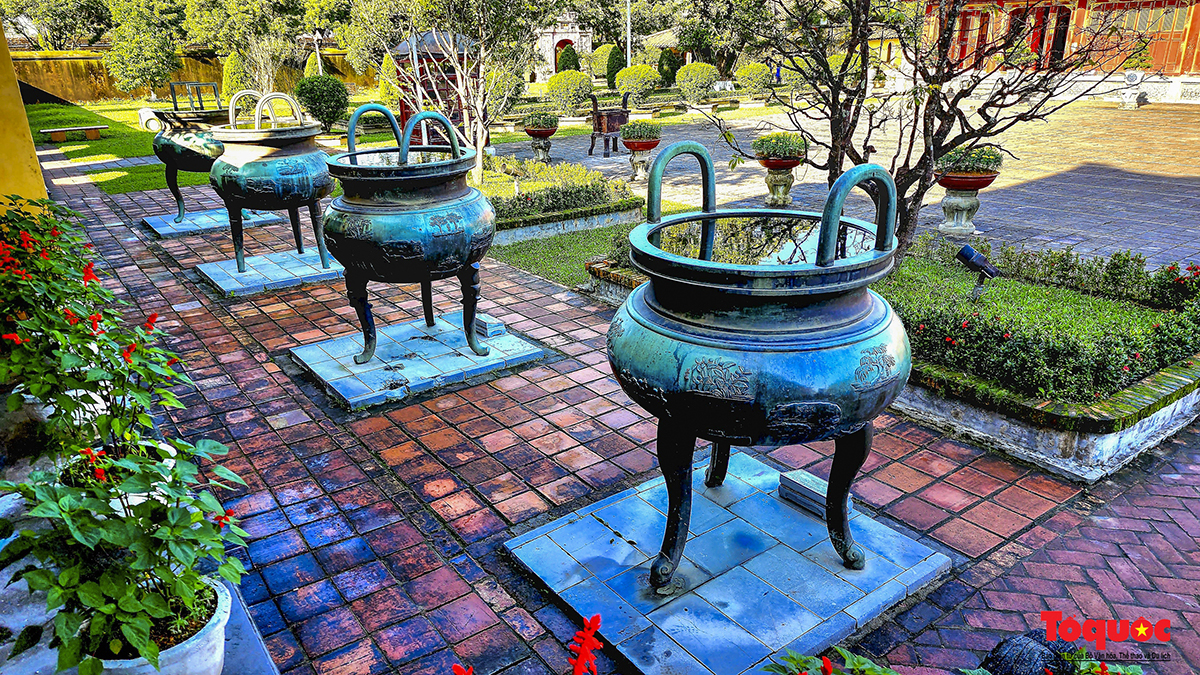
This is a unique and rare source of information that is of great interest to Vietnamese and foreign researchers because it has content value in history, culture - education, geography, feng shui, medicine, and calligraphy art. Especially promoting the status of women under feudalism, of which the image of Vinh Te canal on Cao Dinh is a clear proof
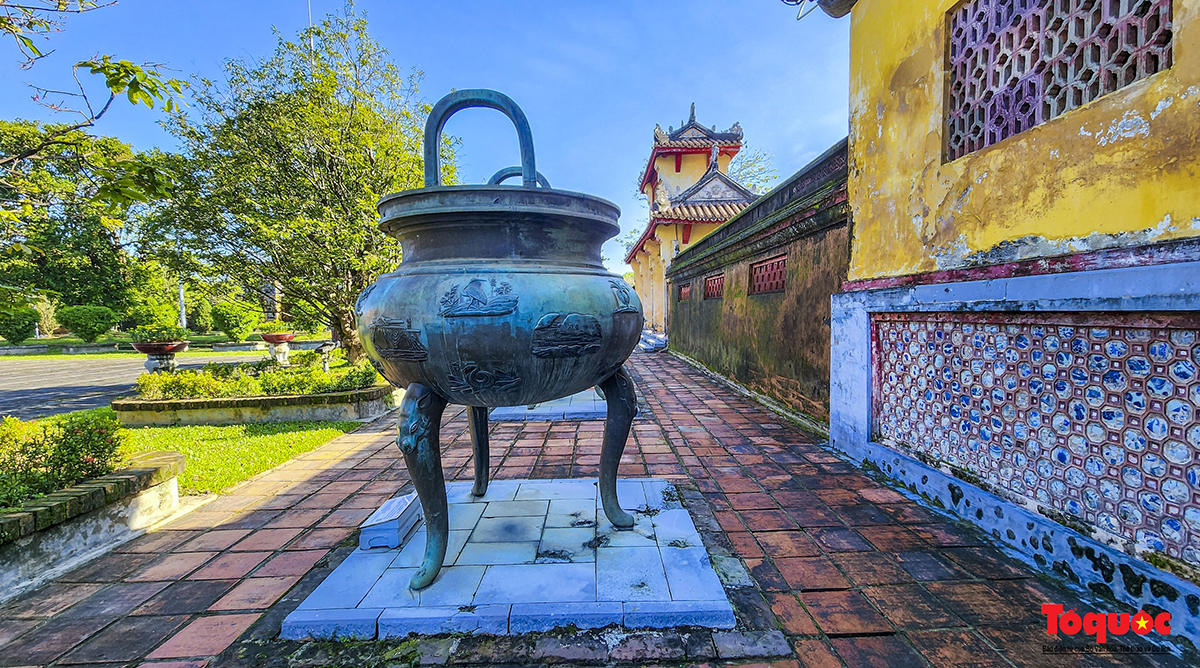
Along with the ups and downs of a dynasty, after nearly 200 years, despite experiencing many events and changes of time, the Nine dings remains intact. On 17th July 2012, the Nine Urns of the Nguyen Dynasty were recognized as Vietnam's National Treasure.

With typical and unique values in information form and content, especially the values of the cross-cultural relationship and contact of Vietnam with countries in the East Asia region, recently, on 8th May 2024, at the 10th General Meeting of the Memory of the World Committee for Asia and the Pacific (MOWCAP) held in Ulaanbaatar, Mongolia, “Bas-reliefs on the Nine Bronze Urns in Hue Imperial Palace” of Vietnam was officially registered in UNESCO's List of Asia-Pacific Documentary Heritage
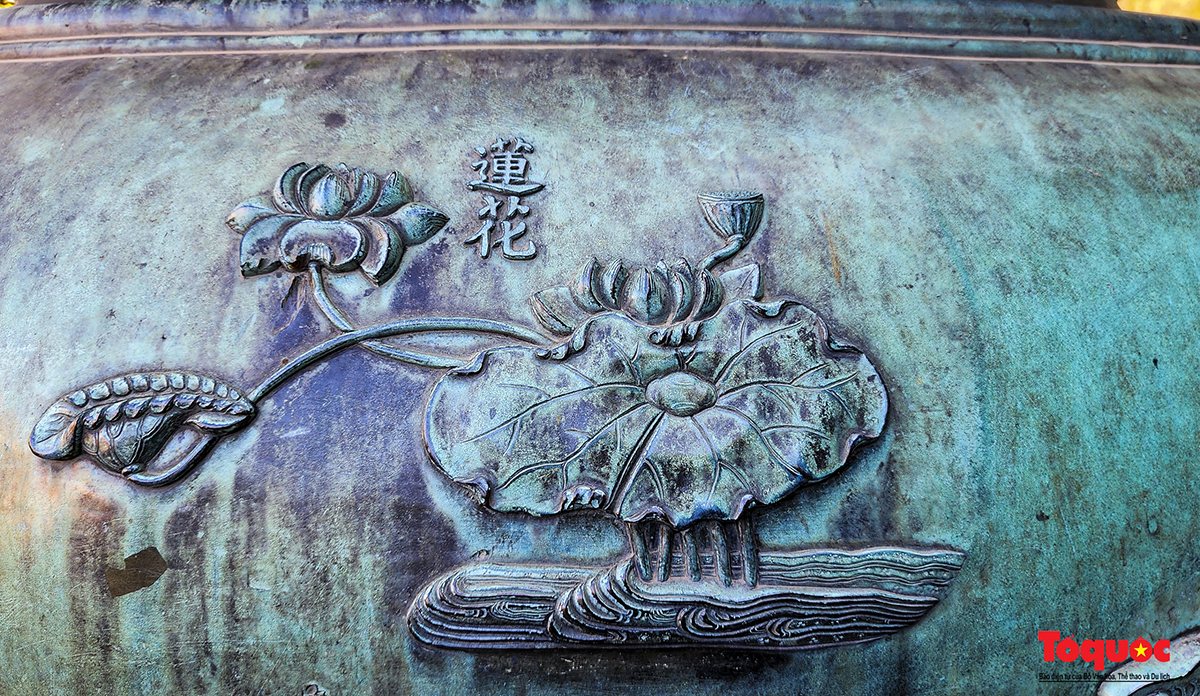
The Bas-reliefs on the Nine Bronze Urns in Hue Imperial Palace are currently the only positive copies still guaranteed to be intact. As a historical "witness" witnessing the rise and fall of a dynasty
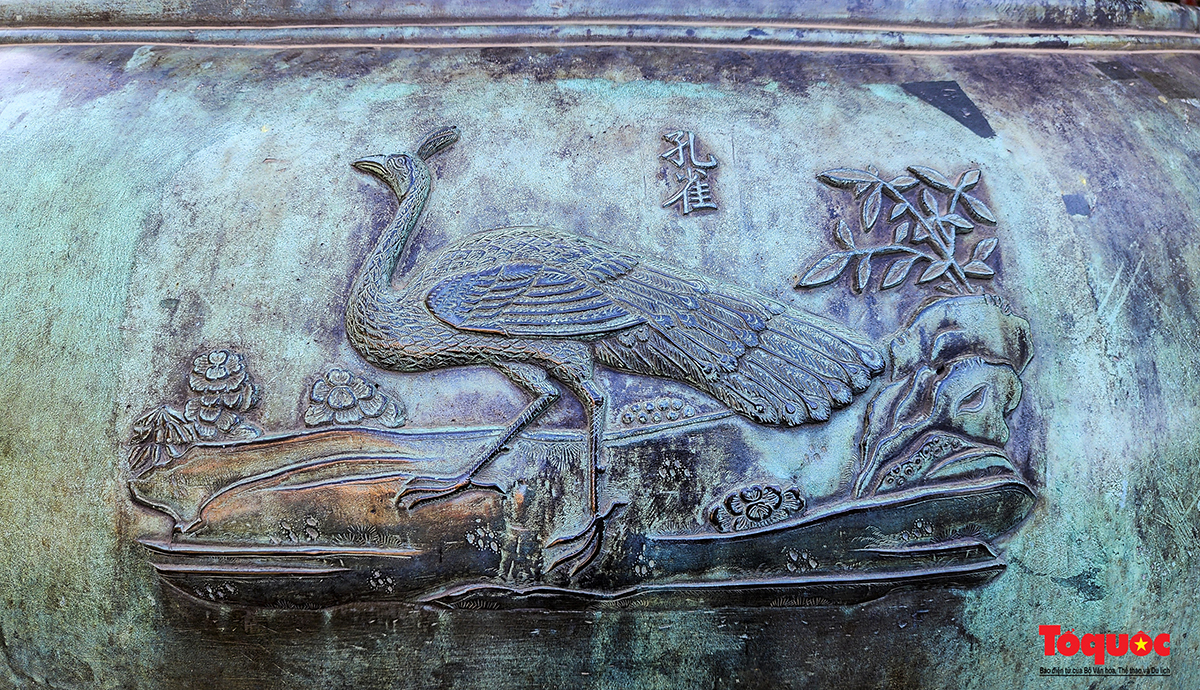
The images and motifs on the nine bronze urns are a skillful combination of Vietnamese bronze casting and embossing arts, considered an encyclopaedia of Vietnamese human life in the first half of the 19th century
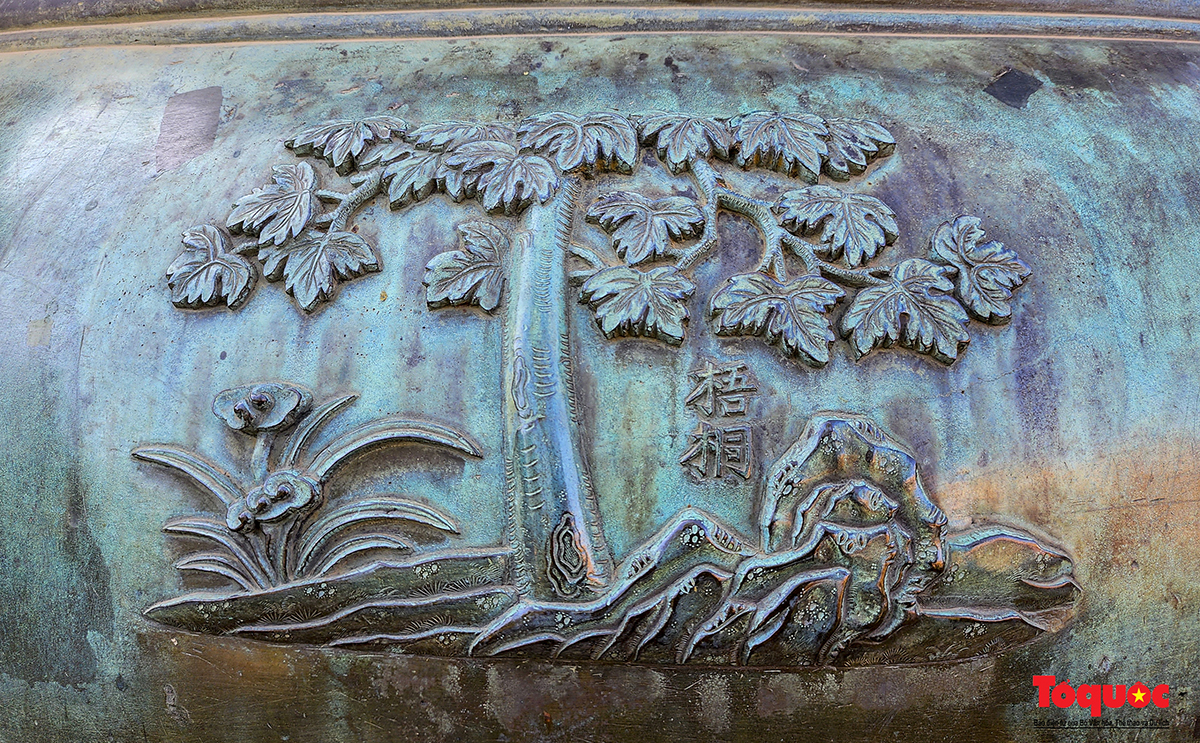
The fact that "The Bas-reliefs on the Nine Bronze Urns in Hue Imperial Palace" was registered as an Asia-Pacific Regional Documentary Heritage has increased the total number of Vietnam's documentary heritage registered by UNESCO to 10 heritage properties (including 3 world documentary heritage properties and 7 Asia-Pacific documentary heritage properties).
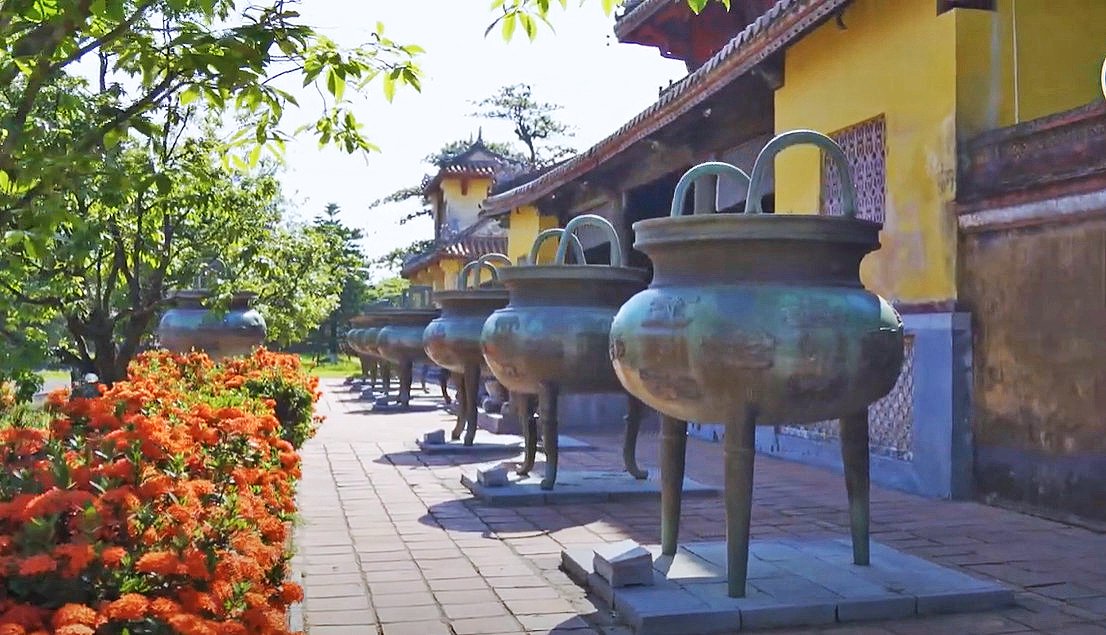
The event is the pride of Vietnam in general and of Thua Thien Hue Province in particular, this has contributed to increasing the heritage brand of Hue, a destination with 8 heritage properties
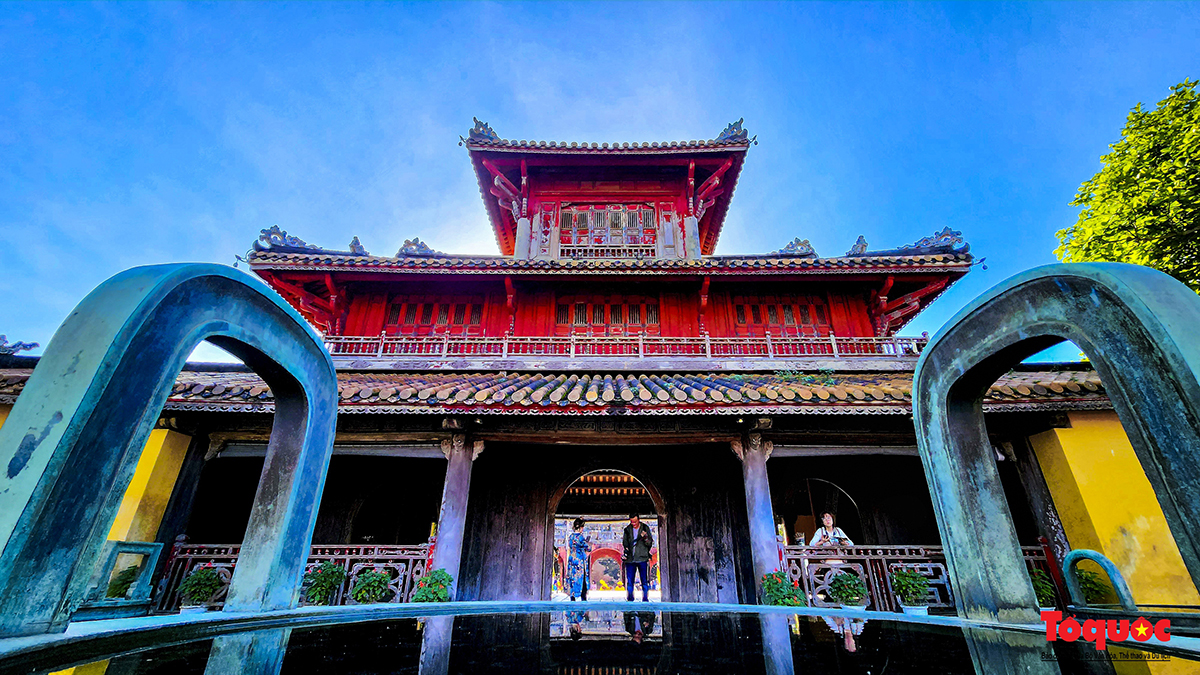
Today, Hue Imperial Palace with its unique architectural works, monuments, and many national treasures, including the Nine dings placed in front of The To Temple, is still an attractive destination for tourists to visit and learn about every day
Tourism Information Technology Center/Photo: toquoc.vn